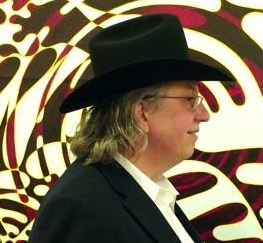The business of a gallerist requires not only the ability to recognize works that are visually and conceptually compelling but also the experience and energy to focus upon promoting those artists. Owing to the demands of that process only a tiny fraction of gallerists have ever managed to maintain dual lives as artists. A peek into a gallerist’s background typically shows the usual early interest in making art, a later grounding in art history, and finally a gravitation toward the business of art. But it is rare when an art dealer also maintains a career as a creator of compelling images. Certainly, the most famous example is Alfred Stieglitz, that giant among gallerists who was the first to bring us Rodin, Picasso, and Georgia O’Keeffe, among others. He was also a giant in the history of photography. Later, Betty Parsons was at the forefront of establishing the leaders of Abstract Expressionism at her eponymous gallery. While she never exhibited she was a highly-accomplished abstract painter and her works are now in many prestigious museums.
It’s hard to imagine the course of American art history without these pioneering gallerists. Today, it remains an equally difficult challenge to find a pioneering art dealer living a dual life as one creating masterful art. Art history usually requires the passing of a generation or two before these rare individuals can be identified. One likely to be inducted into that realm is Richard Timperio, who started painting in the 1960s at the Cleveland Institute of Art. His most memorable critique came in his fifth and final year when he created a “crazy car” made of stretched canvas that he wildly painted. Julian Stanczak, Professor of Painting and founder of the Op Art movement in 1964, critiqued it as the best work he had seen in years. Timperio also produced a series of paintings of Rock ‘n Roll stars, pop images that attracted the attention of the Cleveland newspapers and made him a local art star.
In 1969 Timperio moved to New York and by 1972 had settled into a loft in SoHo. But the next year he and his wife moved to New Mexico, settling in a remote but beautiful village in order to concentrate on painting. “Living out West,” he said, “affected my sense of light, color, and space. The vast landscapes, spectacular sunsets, and the extremely crisp and bright light of that region were part of my inspiration.”
In 1977 the couple returned to New York, settling in Tribeca where Timperio completed a series of paintings based on rodeos. Although these works continued to include representational imagery, abstraction soon became his primary concern. He credits the influence of his good friends, Larry Poons, Jules Olitski, and Dan Christensen. Timperio’s move to the Williamsburg section of Brooklyn came in 1979, guided by the same spirit with which adventurous painters had created their own neighborhood in Montparnasse more than a hundred years ago. For its small group of artists the cheap rent was an attractive draw. Over the years the steady growth of that group had by 1994 ignited in Timperio an epiphany. He would create an alternative exhibition space as an “off-Broadway” production — Williamsburg’s sideshow to Manhattan. Besides, back in Manhattan by the mid 1990s Chelsea was beginning to usurp SoHo’s position as the center of the art world. Along with that sea change a new type of art market was emerging from the recession. A new class of investor-collectors, including many hedge fund managers, provided new fuel. And powering it all was a new breed of high-rolling art dealers even more adept than their SoHo precursors at garnering publicity and forming strategic ties with influential museums. Timperio’s response was to open a sideshow — a project in a small coffee shop in Williamsburg — he called the Sideshow Gallery.
Since that time, Timperio has not only moved to much larger quarters but also fostered the careers of many emerging artists, such as Chris Martin, who were eventually picked up by the larger galleries in Manhattan. He also balanced his exhibitions by showing the more established New York School abstract artists, including Larry Poons, Dan Christensen, Joan Thorne, and Thornton Willis. Many of his exhibitions — particularly his end-of-year annual invitational of hundreds of artists — features paintings packed from floor to ceiling and continue to catch the attention of adventurous collectors. Jacques Roche, critic for ontheinside.info wrote, “I like Sideshow Gallery because it is not a slave of the trends. It’s receptive to different sensibilities. On average they are older artists, and they do what they want to do, as opposed to a famous gallery with a much younger generation of artists who are really eager to make it before they are thirty with a specific product.”
While Timperio always continued to paint, he sublimated his own work to promote that of his artists. Then, in 2010, another Brooklyn gallerist urged him to show his latest paintings. These large and brightly-colored acrylics on canvas and paper instantly reveal why Timperio regards the act of painting as performance set to music. The spontaneity that is such a key element in his work was inspired by Native American artists of the pueblos of New Mexico, whom he observed creating sand paintings in one session while in a trance-like state. Like those sand painters, Timperio appreciates the necessity of great control because he believes the performance itself is a spiritual one, taking him to a higher plane. “I reach far within myself without the burden of previously planned thoughts and actions. Being in the now, I adjust, and it happens when it happens.” Performing within a musical environment reinforces this spontaneity. His music of choice draws upon his years at the Cleveland Institute of Art, and his painting is inspired by the music of the great Rock n’ Roll bands, the Grateful Dead, and Bob Dylan. This sense of music is made clear owing to the effective contrast between the backgrounds composed of large blocks of colors softly bleeding at the edges and the smaller rectilinear shapes with lines of varying weights. The result is a lively harmony of shape and color. With a nod to the staining technique of Morris Louis and Helen Frankenthaler, Timperio’s spontaneity is also reflected by the fact that he mixes his pigments on the canvas so as not to lose the moment.
The rectilinear shapes even recall another inspiration from the 1960s — the kitchen countertops made of Formica laminate featuring boomerangs and other shapes. It is as if Timperio has reinvented those classic elements of kitsch, finding the perfect role for them in his harmonies.
“My desire,” he states, “is to saturate the canvas with texture and color. The texture becomes almost a sculptural relief of forms, adding a dimension, a sense of density and mass, a feeling of the earth. The high intensity of the colors makes this mass seem light. Color is an important dynamic of life. In combination it creates emotion in space. I use it to bring together both planes — the stained surface and the sculptural one. There is neither foreground nor background.”
Wayne R. Dines, Professor of Art History at Hunter College, observed that Timperio’s central role in turning Williamsburg into the art destination it has become is symbolized in his paintings. “In his big Williamsburg loft, one bank of windows looks towards Manhattan, classic grid city. The other faces west toward Long Island, more rural and the chosen home of Pollock, de Kooning, and other mature abstract expressionists. The bi-directionality and the associations that go with it symbolize his paintings: the geometrical base and the gestural completion — but both integrated into a single whole.”
Timperio’s paintings, and those of his large stable of artists, may be seen at Sideshow Gallery at 319 Bedford Avenue in the Williamsburg section of Brooklyn. The gallery’s exhibitions have been widely reviewed in many publications, including Art in America, The New York Times, and The New Criterion.
His mission is to provide a forum for “all art that attains a high level of quality and embodies integrity, regardless of style or approach. Where the art itself is the only thing that matters.” The 1,800 square foot gallery, with its wildly-painted exterior, is a destination not to be missed.
http://www.sideshowgallery.com/
Performance Set to Music
-
 DETAILS
DETAILSAbove Albuquerque, 2012
67 x 35 inches (170.18 x 88.9 cm) -
 DETAILS
DETAILSBeta Blocker, 2011
49 x 68 inches (124.46 x 172.72 cm) -
 DETAILS
DETAILSCreamsicle, 2012
35 x 67 inches (88.9 x 170.18 cm) -
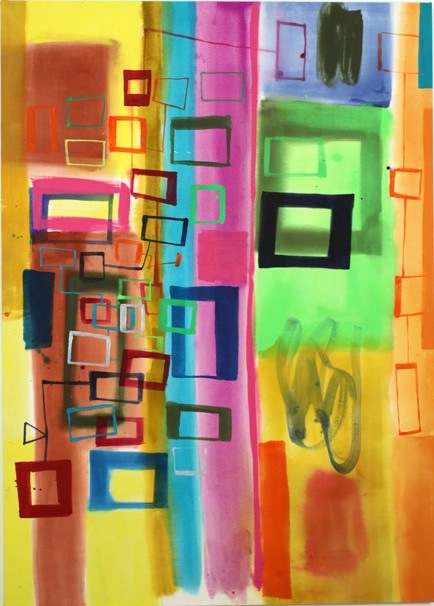 DETAILS
DETAILSGinger Snaps, 2011
49 x 68.5 inches (124.46 x 173.99 cm) -
 DETAILS
DETAILSJust Past Memphis, 2012
43 x 67 inches (109.22 x 170.18 cm) -
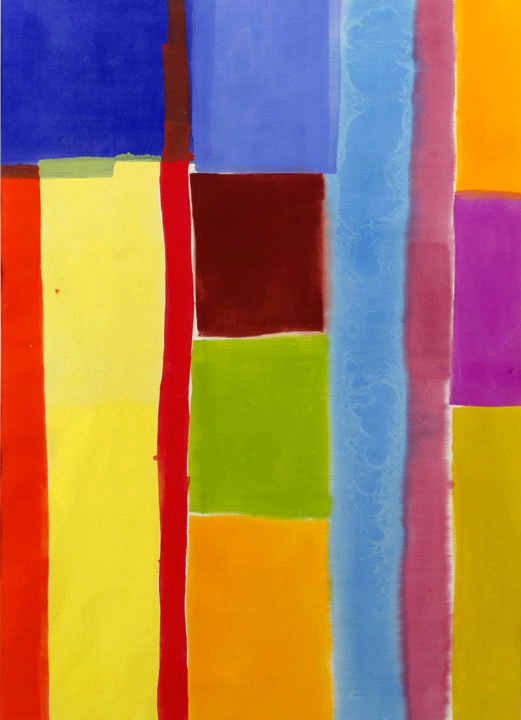 DETAILS
DETAILSLincoln County, 2012
48 x 67 inches (121.92 x 170.18 cm) -
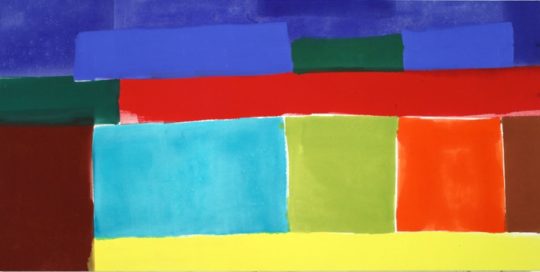 DETAILS
DETAILSRed Road, 2011
68.5 x 34 inches (173.99 x 86.36 cm) -
 DETAILS
DETAILSSquare D, 2012
39 x 67 inches (99.06 x 170.18 cm) -
 DETAILS
DETAILSSquare Noise, 2011
69 x 34 inches (175.26 x 86.36 cm) -
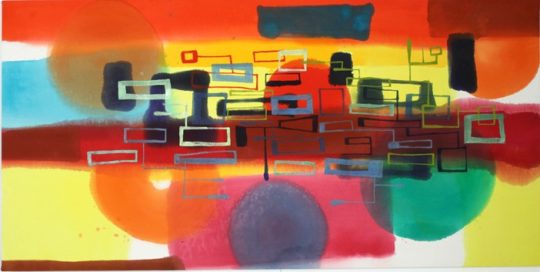 DETAILS
DETAILSSunliner, 2011
69 x 34 inches (175.26 x 86.36 cm) -
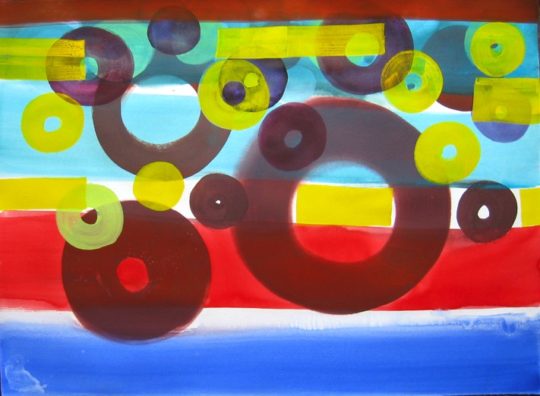 DETAILS
DETAILSUntitled, No.10, 2011
30 x 22 inches (76.2 x 55.88 cm) -
 DETAILS
DETAILSUntitled, No.12, 2011
30 x 22 inches (76.2 x 55.88 cm) -
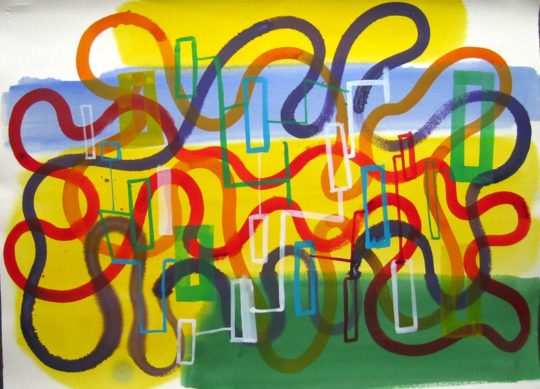 DETAILS
DETAILSUntitled, No.13, 2011
30 x 22 inches (76.2 x 55.88 cm) -
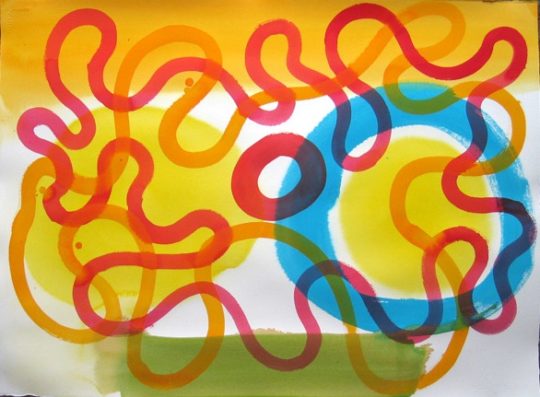 DETAILS
DETAILSUntitled, No.2, 2011
30 x 22 inches (76.2 x 55.88 cm) -
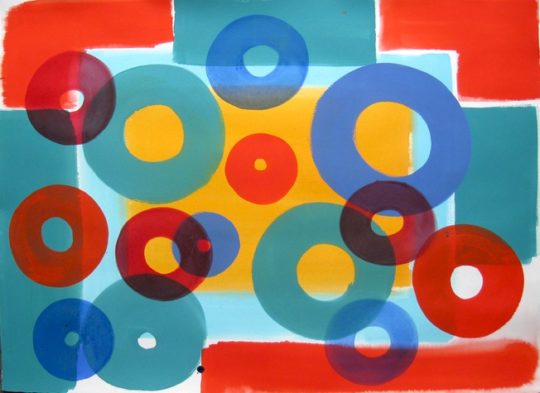 DETAILS
DETAILSUntitled, No.4, 2011
30 x 22 inches (76.2 x 55.88 cm) -
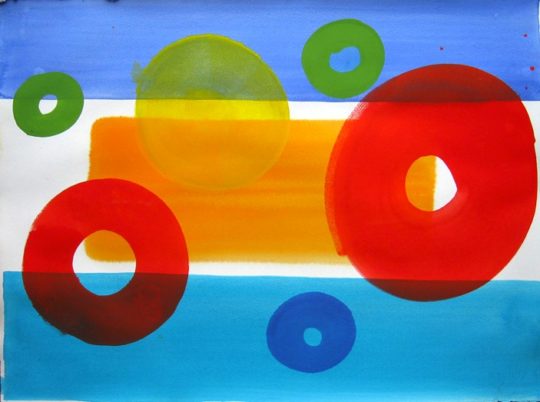 DETAILS
DETAILSUntitled, No.6, 2011
30 x 22 inches (76.2 x 55.88 cm) -
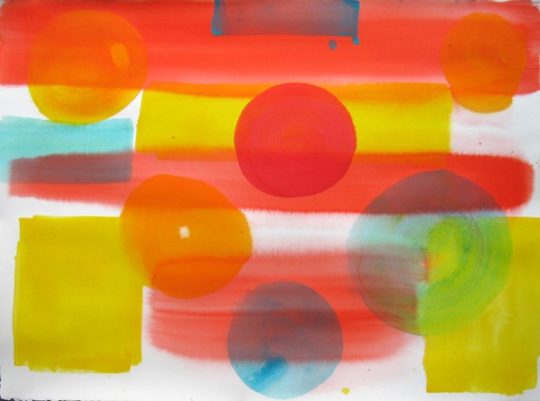 DETAILS
DETAILSUntitled, No.7, 2011
30 x 22 inches (76.2 x 55.88 cm) -
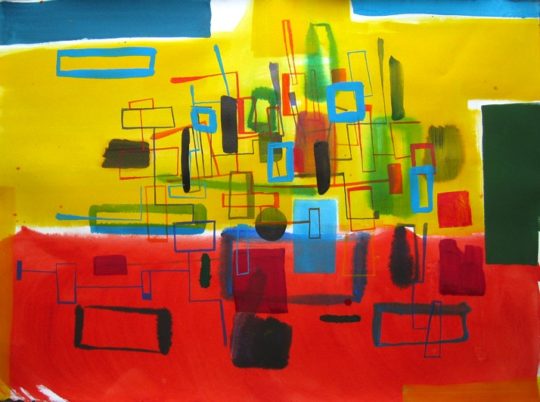 DETAILS
DETAILSUntitled, No.8, 2011
30 x 22 inches (76.2 x 55.88 cm) -
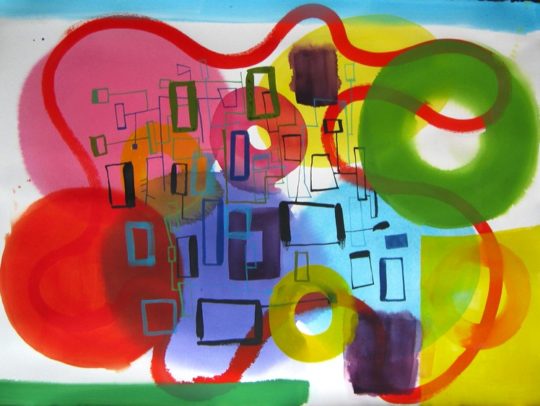 DETAILS
DETAILSUntitled, No.9, 2011
30 x 22 inches (76.2 x 55.88 cm)
-
 DETAILS
DETAILSAbove Albuquerque, 2012
67 x 35 inches (170.18 x 88.9 cm) -
 DETAILS
DETAILSBeta Blocker, 2011
49 x 68 inches (124.46 x 172.72 cm) -
 DETAILS
DETAILSCreamsicle, 2012
35 x 67 inches (88.9 x 170.18 cm) -
 DETAILS
DETAILSGinger Snaps, 2011
49 x 68.5 inches (124.46 x 173.99 cm) -
 DETAILS
DETAILSJust Past Memphis, 2012
43 x 67 inches (109.22 x 170.18 cm) -
 DETAILS
DETAILSLincoln County, 2012
48 x 67 inches (121.92 x 170.18 cm) -
 DETAILS
DETAILSRed Road, 2011
68.5 x 34 inches (173.99 x 86.36 cm) -
 DETAILS
DETAILSSquare D, 2012
39 x 67 inches (99.06 x 170.18 cm) -
 DETAILS
DETAILSSquare Noise, 2011
69 x 34 inches (175.26 x 86.36 cm) -
 DETAILS
DETAILSSunliner, 2011
69 x 34 inches (175.26 x 86.36 cm) -
 DETAILS
DETAILSUntitled, No.10, 2011
30 x 22 inches (76.2 x 55.88 cm) -
 DETAILS
DETAILSUntitled, No.12, 2011
30 x 22 inches (76.2 x 55.88 cm) -
 DETAILS
DETAILSUntitled, No.13, 2011
30 x 22 inches (76.2 x 55.88 cm) -
 DETAILS
DETAILSUntitled, No.2, 2011
30 x 22 inches (76.2 x 55.88 cm) -
 DETAILS
DETAILSUntitled, No.4, 2011
30 x 22 inches (76.2 x 55.88 cm) -
 DETAILS
DETAILSUntitled, No.6, 2011
30 x 22 inches (76.2 x 55.88 cm) -
 DETAILS
DETAILSUntitled, No.7, 2011
30 x 22 inches (76.2 x 55.88 cm) -
 DETAILS
DETAILSUntitled, No.8, 2011
30 x 22 inches (76.2 x 55.88 cm) -
 DETAILS
DETAILSUntitled, No.9, 2011
30 x 22 inches (76.2 x 55.88 cm)
No Press releases found.
No News found.
No Events Found.
